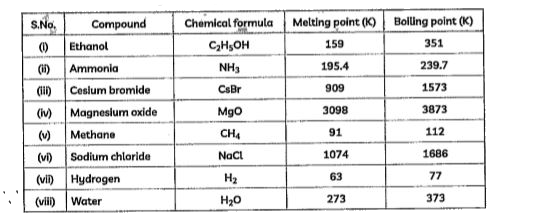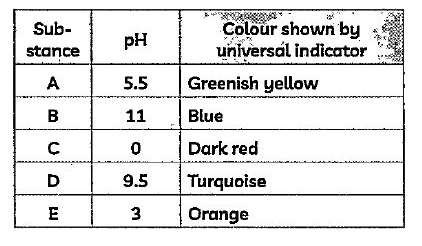Case 1: When an element composed of atoms that readily lose electrons (a metal) reacts with an element composed of atoms that readily gain electrons (a nonmetal), a transfer of electrons usually occurs, producing ions. The compound formed by this transfer is stabilized by the electrostatic attraction (ionic bonds) between the ions of opposite charge present in the compound. For example, when each sodium atom in a sample of sodium metal (group 1) gives up one electron to form a sodium cation, Na+, and each chlorine atom in a sample of chlorine gas (group 17) accepts one electron to form a chloride anion, Cl− the resultingk compound, NaCl, is composed of sodium ions and chloride ions in the ratio of one Na+ ion for each Cl− ion.

Similarly each calcium atom (group 2) can give up two electrons and transfer one to each of two chlorine atoms to form CaCl2 which is composed of Ca2+ and Cl− ions in the ratio of one Ca2+ ion to to Cl− ions. A compound that contains ions and is held togethr by ionic bonds is called an ionic compound. The periodic table can help us recognize many of the compounds that are ionic. Ionic compounds are solids that typically melt at high temperature and boil at even higher temperatures. The melting and boilign points of some common compounds is given below.
Melting and boiling points of common compounds

The atomic number of four elements P,Q,R,S are 10,12,14 and 16 respectively. The two elements which can react to form ionic compounds are:
P and S
Q and R
P and R
Q and S
The correct Answer is:D
Explanation: The electronic configuration of the given elements is given below:
P:2,8
Q:2,8,2
R:2,8,4
S:2,8,6
Q is metal (as it has 2 valence electrons) and S is a non metal (having 6 valence electrons), then can react to form an ionic compound.
Related Playlists
Similar Questions
Select the correct equation (s) which represent double displacement reaction?
I. Pb+CuCl2→PbCl2+Cu
II. Na2SO4+BaCl2→BaSO4+2NaCl
III. C+O2→CO2
IV. CH4+2O2→CO2+2H2O01:25View SolutionQuestions are based on Case Study -1
Case 1:

The substance D can not be used.01:35View SolutionCase 1: A chemical equation is the representation of chemical change in terms of symbols and formulae of reactants and products. The substances which react are written on the left hand side of the arrow and are termed as reactants while the substances produced as result of reaction are called products and are written on the right hand side of the arrow. The arrowhead shows the direction of the reaction. A chemical equation in the whcih the number of atoms of each element on reactant side is equal to that on the product side is said to be balanced.

Which of the following statement is incorrect regarding th significance of the chemical equations?04:30View SolutionThe element which readily forms an ionic bond has the electronic configuration
View SolutionThe atomic number of an element is 8. How many electrons will it gain to form a compound with sodium ?
03:32View SolutionMetal atoms tend to lose electrons , whereas nonmetals tend to gain electrons.
03:24View SolutionIons are formed when an atom ___________ electrons.
04:07View Solutionঅক্সিজেন মৌলের পরমাণু ইলেকট্রন গ্ৰহণ করলে কী আয়ন উৎপন্ন করবে?
04:38View Solutionঅক্সিজেন মৌলের পরমাণু ইলেকট্রন গ্ৰহণ করলে কী আয়ন উৎপন্ন করবে?
04:38View Solutionসত্য মিথ্যা নির্ণয় করো : সাধারণত ধাতু ও অধাতু জুড়ে যৌগ তৈরি হওয়ার সময় ধাতুর পরমাণুগুলি ইলেকট্রন গ্ৰহণ করে আর অধাতুর পরমাণুগুলি ইলেকট্রন বর্জন করে।
05:05View SolutionSodium atom reacts most readily with :
02:20View SolutionSodium atom reacts most readily with :
02:30View SolutionAnalyze the electron transfer in each atom during the formation of sodium chloride.
03:01View Solutionसोडियम परमाणु तथा सोडियम आयन में कितने इलेक्ट्रॉन होते हैं?
01:37View Solutionएक परमाणु से दूसरे परमाणु में इलेक्ट्रॉन के स्थानांतरण से बना यौगिक …………… यौगिक कहलाता है।
View SolutionAn atom of an element (X) has its K, L and M shells filled with some electrons. It reacts with sodium metal to form a compound Nax. The number of electrons in the M shell of an atom of element (X) will be
12:35View Solution

